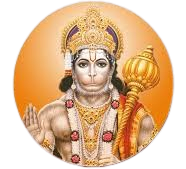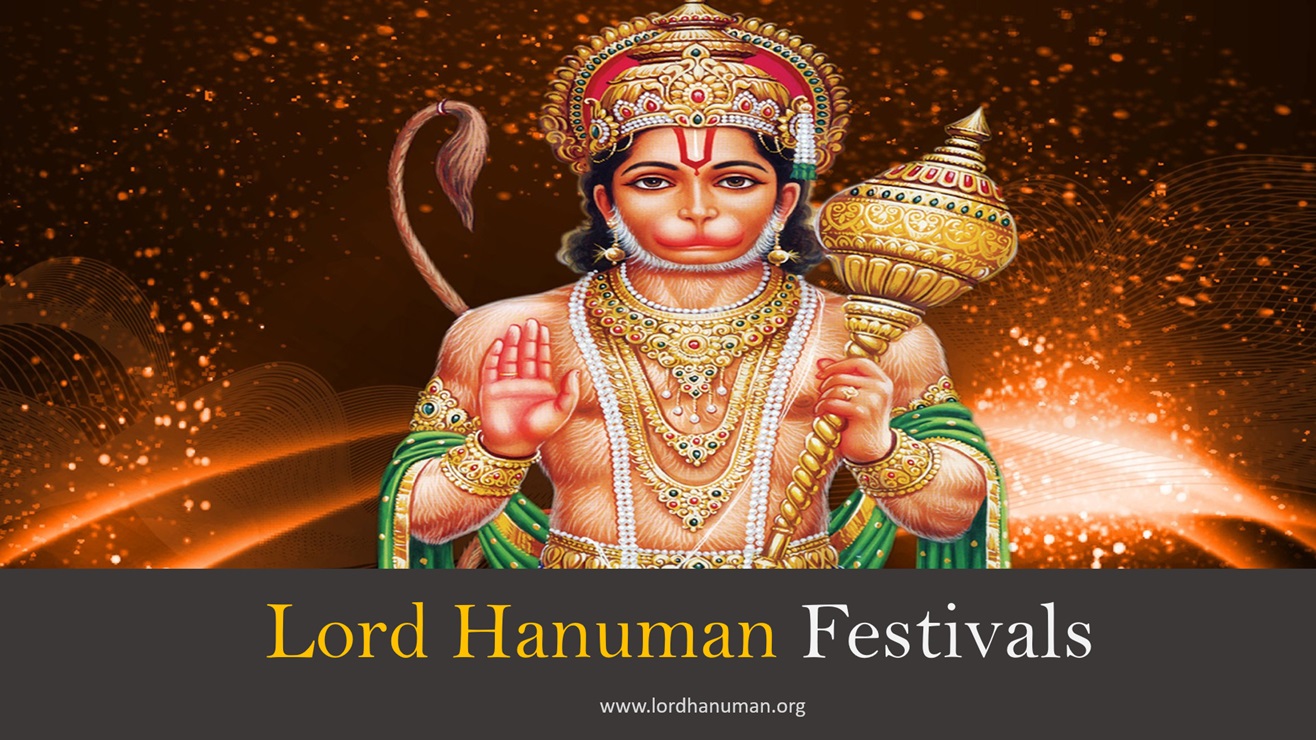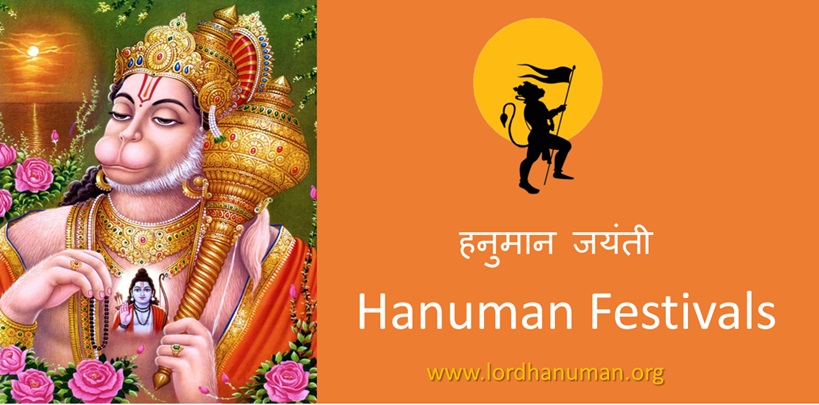
Hanuman Festivals
Hanuman Jayanti
Rama Navami
हनुमान जयंती
Hanuman Festivals are celebrated with great enthusiasm and devotion include Hanuman Jayanti, Rama Navami, Hanuman Vrat and Ekadashi.
Festivals dedicated to Lord Hanuman are celebrated with great enthusiasm and devotion by his followers. These festivals provide an opportunity for devotees to express their love, devotion, and reverence for Lord Hanuman.
Lord Hanuman is a revered deity in Hinduism, known for his unwavering devotion, immense strength, and selfless service to Lord Rama. He is a central character in the epic Ramayana and is considered an embodiment of devotion and loyalty.
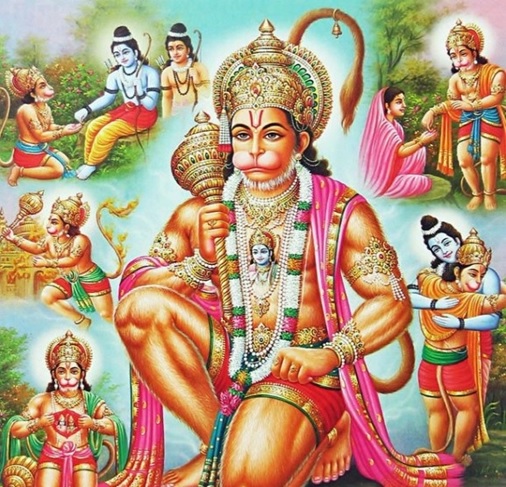
Lord Hanuman’s character embodies qualities of strength, devotion, courage, and humility. He serves as a source of inspiration and guidance for those on a spiritual path and is revered for his role in upholding dharma (righteousness) and assisting Lord Rama in his divine mission.
Hanuman Festivals also serve as a reminder of the importance of unwavering faith, strength, and righteousness, which are the hallmark qualities associated with Hanuman’s character. Here are some of the most significant Hanuman festivals:
Hanuman Festivals
1. Hanuman Jayanti
. हनुमान जयंती
Hanuman Jayanti is a Hindu religious festival that celebrates the birth of Lord Hanuman, one of the most revered and worshipped deities in Hinduism. Hanuman is a central figure in the Hindu epic, the Ramayana, and is known for his unwavering devotion to Lord Rama.
This is the most important festival dedicated to Lord Hanuman. It marks his birthday and falls on the Purnima (full moon day) of the Hindu month of Chaitra, which usually occurs in March or April. Devotees visit Hanuman temples, offer prayers, chant Hanuman Chalisa, and perform aarti to celebrate his birth.
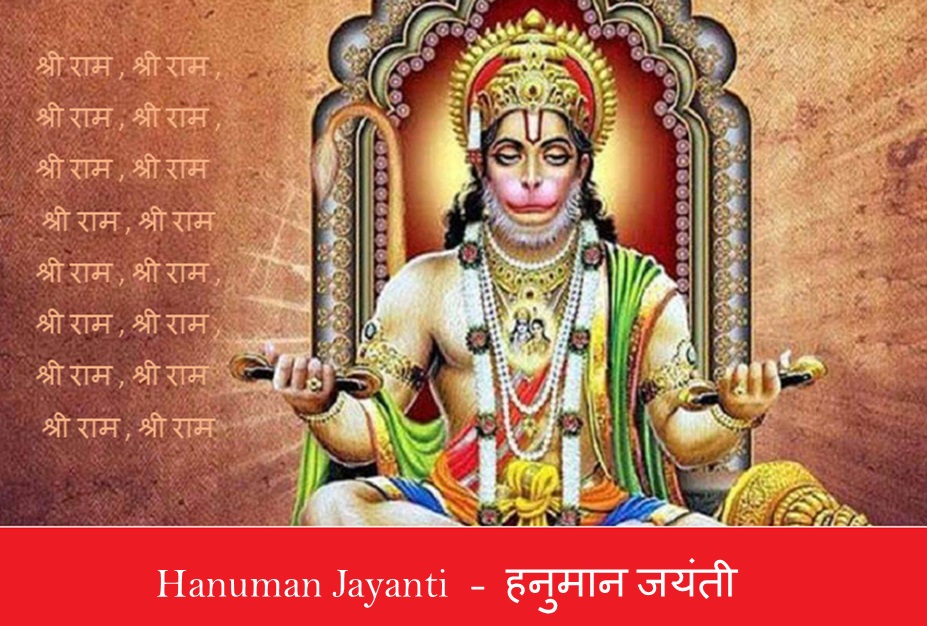
Devotees often adorn themselves with red sindoor (vermillion), as Hanuman is often depicted with a red face in traditional art. In some regions, people organize charitable events and distribute food to the poor and needy as a part of their Hanuman Jayanti celebrations.
Hanuman is revered for his qualities of selfless devotion, loyalty, and immense physical strength. He is often considered a symbol of unwavering dedication to duty and righteousness, making Hanuman Jayanti an important day for those who seek inspiration from his life and teachings.
Hanuman Festivals
2. Hanuman Vrat And Ekadashi
हनुमान व्रत
हनुमान एकादशी
Hanuman Vrat and Ekadashi are two distinct observances in Hinduism, each with its own significance and practices. While Hanuman Vrat and Ekadashi are distinct observances, they both play important roles in the spiritual and religious lives of Hindu devotees.
Devotees observe Hanuman Vrat and Ekadashi on Tuesdays and Saturdays, as these days are considered auspicious for Hanuman worship. Fasting, reading Hanuman scriptures, and performing special prayers are common during these observances.
Hanuman Vrat focuses on seeking the blessings of Lord Hanuman, while Ekadashi emphasizes fasting, self-purification, and devotion to Lord Vishnu.
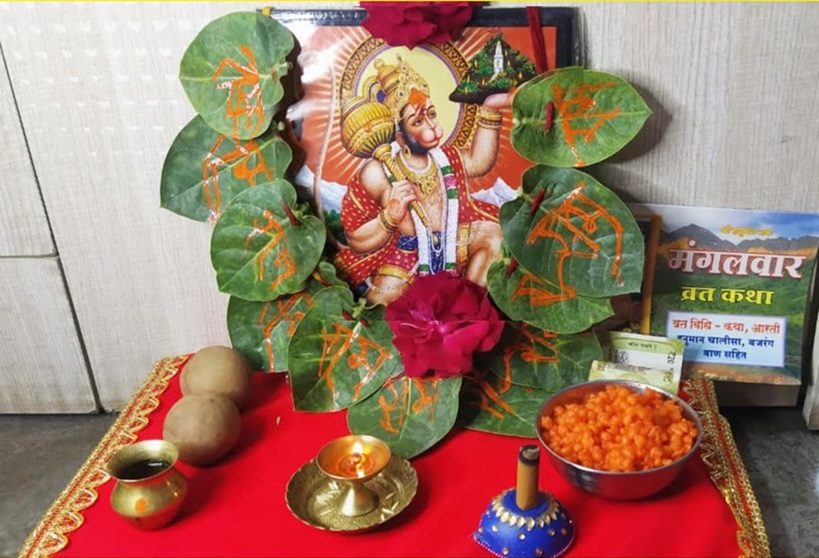
Hanuman Vrat (हनुमान व्रत)
- Hanuman Vrat is a fast or vow dedicated to Lord Hanuman, the symbol of strength. Devotees observe this vrat to seek his blessings, especially for strength, courage, and protection from harm.
- The vrat can be observed on specific days of the week, such as Tuesdays and Saturdays, which are considered auspicious for Lord Hanuman. Some devotees choose to observe it on a particular day that has personal significance.
- To observe the vrat, devotees typically fast from morning to evening, consuming only water or specific fruits. They may also visit Hanuman temples, recite Hanuman Chalisa (a hymn dedicated to Lord Hanuman), and meditate on his divine qualities.
- The vrat is often observed with great devotion, and many people undertake it for a set number of weeks or months, depending on their personal commitments.
Hanuman Festivals
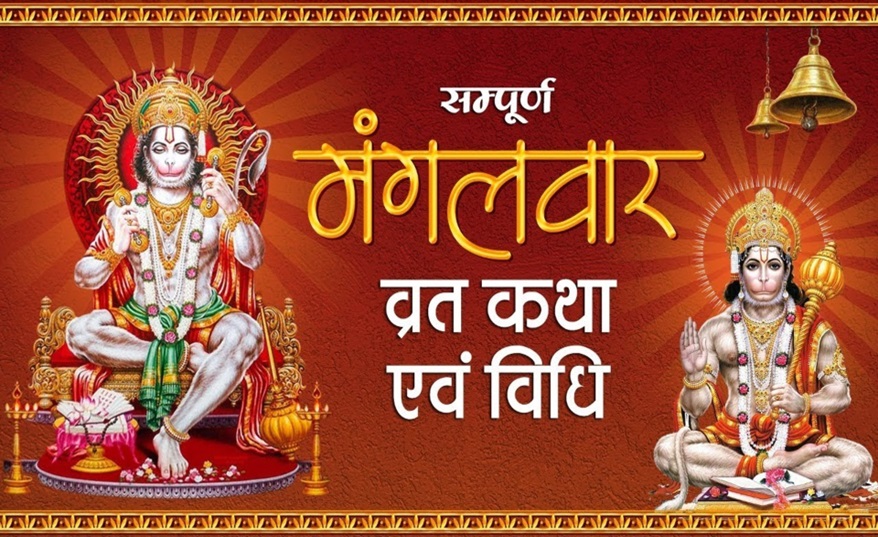
Hanuman Ekadashi (हनुमान एकादशी)
- Ekadashi is the eleventh day of both the waxing and waning phases of the lunar fortnight in the Hindu calendar. There are typically two Ekadashi days in a month, occurring on the 11th day after the full moon and the 11th day after the new moon.
- Ekadashi is a significant day for fasting and spiritual observance in Hinduism. Fasting on Ekadashi is believed to help purify the body and mind and enhance one’s spiritual growth.
- Devotees fast from sunrise to the next day’s sunrise on Ekadashi, abstaining from grains, rice, and certain vegetables. Some may consume fruits, milk, nuts, and root vegetables during their fast.
- Ekadashi is associated with the worship of Lord Vishnu, and it is believed that observing this fast pleases the deity. Many people visit Vishnu temples and engage in prayers and devotional activities on this day.
- There are various Ekadashi observances throughout the year, each with its own significance and stories. Devotees may choose to observe some or all of these Ekadashi fasts based on their personal beliefs and customs.
Hanuman Festivals
3. Maha Shivaratri
.महा शिवरात्रि
Although primarily dedicated to Lord Shiva, Maha Shivaratri is also significant for Hanuman devotees. Hanuman is believed to be an incarnation of Lord Shiva, and many visit Shiva temples on this day to seek Hanuman’s blessings.
Maha Shivaratri, which translates to “The Great Night of Shiva,” is a Hindu festival dedicated to Lord Shiva. It is observed annually in honor of Shiva, one of the principal deities in Hinduism, representing the destroyer aspect of the Trimurti (the Hindu Trinity).
Maha Shivaratri is celebrated on the 14th day of the dark fortnight in the month of Magha or Phalguna (February or March) in the Hindu calendar.

Maha Shivaratri is a sacred and spiritually charged festival that allows devotees to connect with the divine, seek blessings, and engage in rituals that symbolize devotion, purity, and self-discipline.
The festival exemplifies the reverence and devotion that millions of people have for Lord Shiva, the embodiment of cosmic consciousness and the source of all creation.
Devotees often observe a fast on Maha Shivaratri. Some abstain from food and water, while others consume only milk, fruits, or specific types of food considered auspicious for the occasion. Fasting is seen as a form of self-discipline and devotion.
Worship of Shiva Lingam:
The principal focus of Maha Shivaratri is the worship of the Shiva Lingam, which symbolizes the formless, eternal nature of Lord Shiva. Devotees offer water, milk, bael leaves, and other sacred items to the Shiva Lingam.
Hanuman Festivals
4. Rama Navami
.राम नवमी
This festival celebrates the birth of Lord Rama, and Lord Hanuman plays a vital role in Rama’s life. Devotees visit temples, recite Hanuman Chalisa, and participate in processions to honor both Rama and Hanuman.
Ram Navami is a Hindu festival that celebrates the birth of Lord Rama, the seventh avatar of Lord Vishnu. It falls on the ninth day (Navami) of the Chaitra month in the Hindu calendar, which usually corresponds to March or April in the Gregorian calendar.
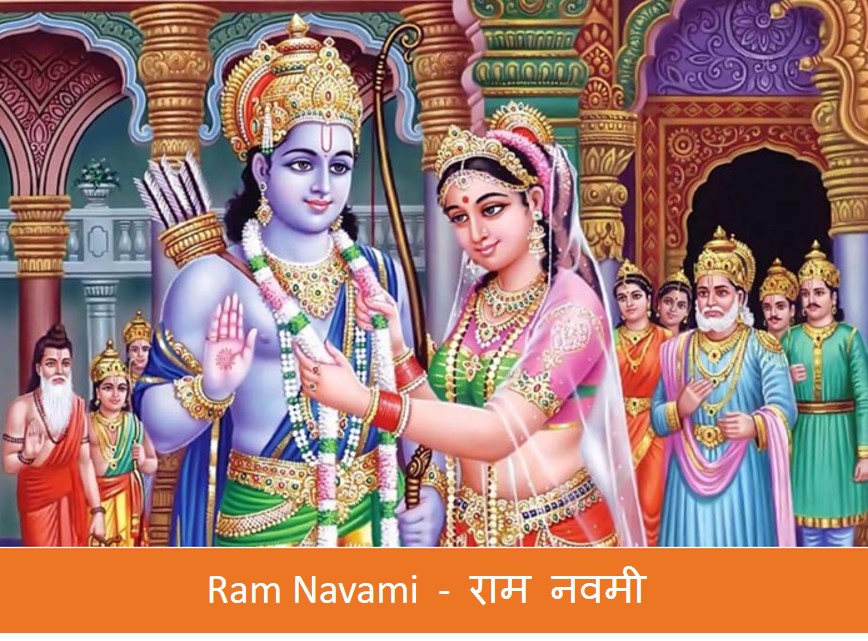
Lord Rama is revered as a symbol of virtue, righteousness, and the embodiment of dharma (moral and ethical duties). Ram Navami holds great significance for millions of Hindus worldwide as they come together to celebrate the birth of Lord Rama and to reflect on the timeless teachings and values associated with this revered deity.
Global Observance:
Ram Navami is celebrated not only in India but also by Hindu communities worldwide. Temples and cultural organizations organize events to mark the occasion, fostering a sense of community and devotion.
Unity and Harmony:
Ram Navami transcends regional and linguistic boundaries, bringing people together in the spirit of unity and harmony. The festival is a time for individuals to connect with their cultural and religious roots.
Hanuman Festivals
5. Diwali ( Deepavali )
दिवाळी
Diwali, the Festival of Lights, celebrates the return of Lord Rama to Ayodhya after his victory over Ravana. The people of Ayodhya lit lamps to welcome him home.
Diwali is marked by the lighting of lamps, colorful rangoli, fireworks, and the exchange of gifts. It is a time for family gatherings, prayers, and festive meals.
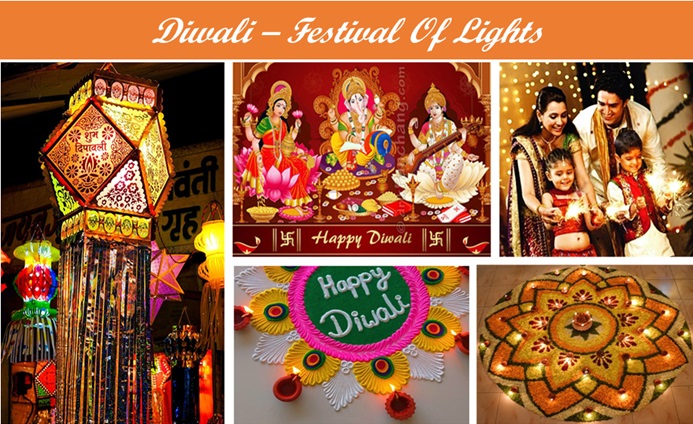
In contemporary times, Diwali has not only retained its religious and cultural significance but has also evolved to reflect the changing dynamics of society. The festival has become a symbol of hope, positivity, and new beginnings. It is a time when people reflect on the triumph of good over evil in their personal lives and strive for inner transformation.
Diwali is also a season of economic activity, with increased shopping, business promotions, and cultural events. The festival contributes significantly to the economy, as people engage in buying new clothes, jewelry, home decor, and gifts.
